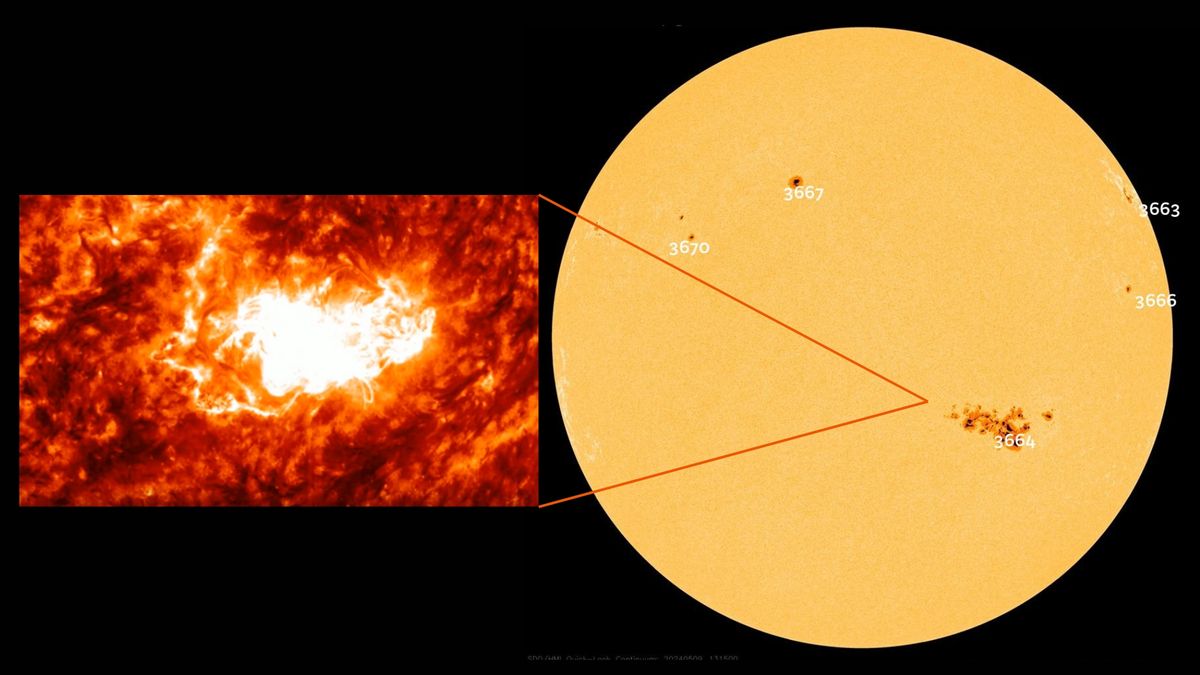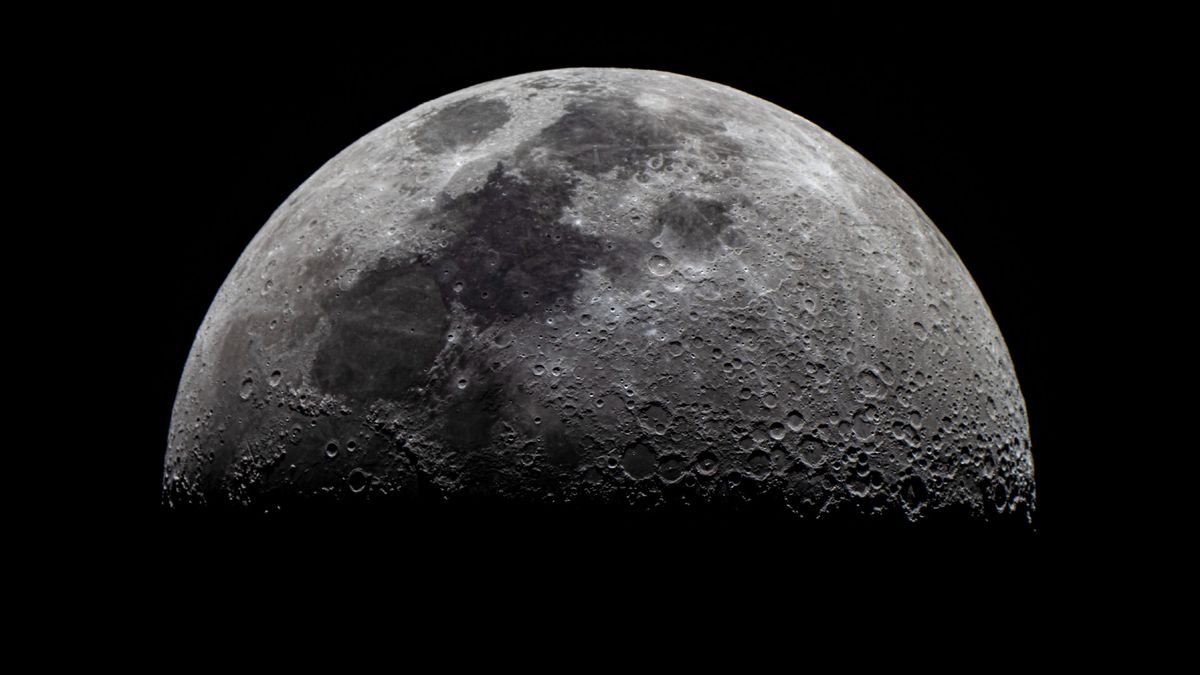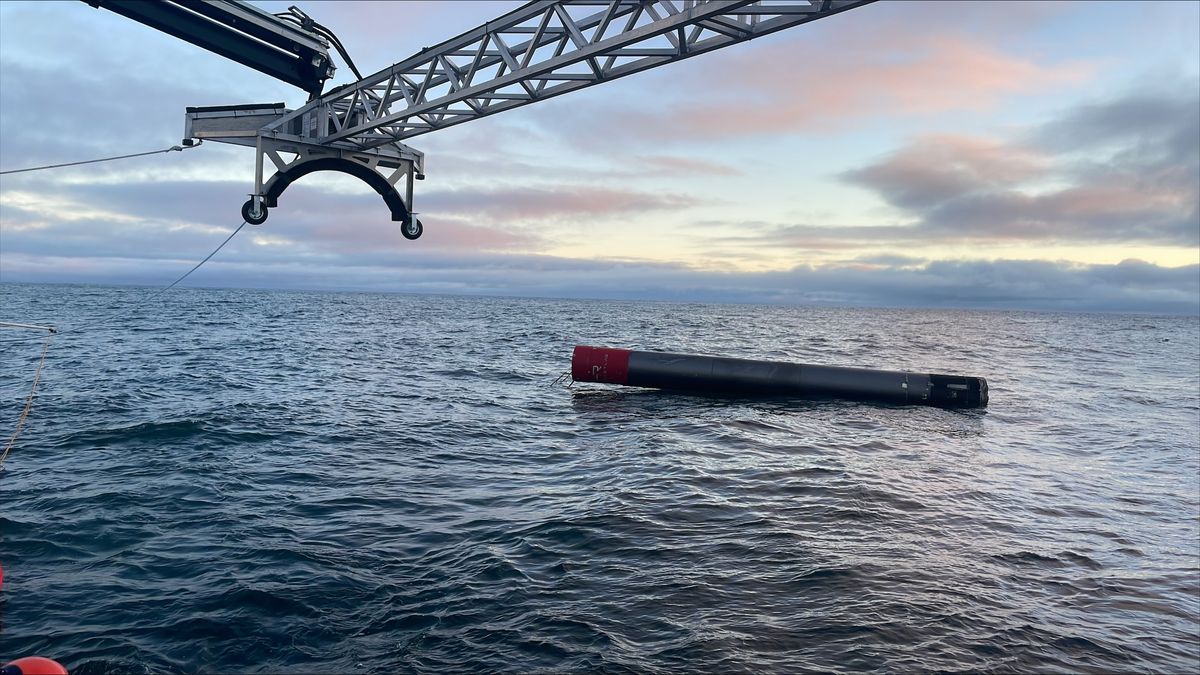Sunspot AR3664: A Behemoth on the Sun
Sunspot AR3664 is no ordinary sunspot. In recent days, this behemoth dark patch on the sun’s surface has expanded significantly, making it one of the largest and most active sunspots observed during this solar cycle. Scientists have been closely monitoring AR3664, which has attracted attention due to its size and complexity.
Increased Solar Flare Risk
The National Oceanic and Atmospheric Administration (NOAA) Space Weather Prediction Center recently issued a warning regarding the increased risk of solar flares from AR3664. According to NOAA’s reports, “Region 3664 has grown considerably and has become much more magnetically complex.” This heightened magnetic complexity has raised the probabilities of solar flare activity in the coming days.
The giant sunspot has indeed lived up to expectations by unleashing numerous powerful solar flares, including a massive X-class solar flare that occurred on May 9th. Solar flares are eruptions from the sun’s surface that release intense bursts of electromagnetic radiation. These flares are categorized by their size, with X-class flares being the most potent.
Radio Blackouts and Solar Activity
The X-flare recorded on May 9th was measured at X 2.25 by NASA’s GOES-16 satellite. Such powerful solar flares can lead to shortwave radio blackouts on the sunlit side of Earth at the time of the eruption. The X-flare on May 9th caused shortwave radio blackouts across Europe and Africa.
During a solar flare, the emission of X-rays and ultraviolet radiation ionizes the top of Earth’s atmosphere, creating a higher-density environment for radio signals. Radio waves can become degraded or absorbed due to these interactions, affecting long-distance communication.
Size and Visibility
Sunspot AR3664 spans approximately 124,000 kilometers from end to end, making it 15 times wider than Earth. Its immense size allows it to be observed from Earth without the need for magnification. Those with solar eclipse glasses can safely observe this mammoth sunspot crossing the solar disk.
Notably, the vast size of Sunspot AR3664 rivals that of Carrington’s sunspot of 1859, known for its explosive solar activity. While studies suggest that Carrington-class solar storms occur every few decades, there is currently no evidence to suggest that any CMEs from previous solar eruptions could cause a similar event.
Scientists are closely monitoring the development of AR3664 as it continues to face Earth, offering a unique opportunity to study the effects of such massive sunspots on our planet.
Image/Photo credit: source url





